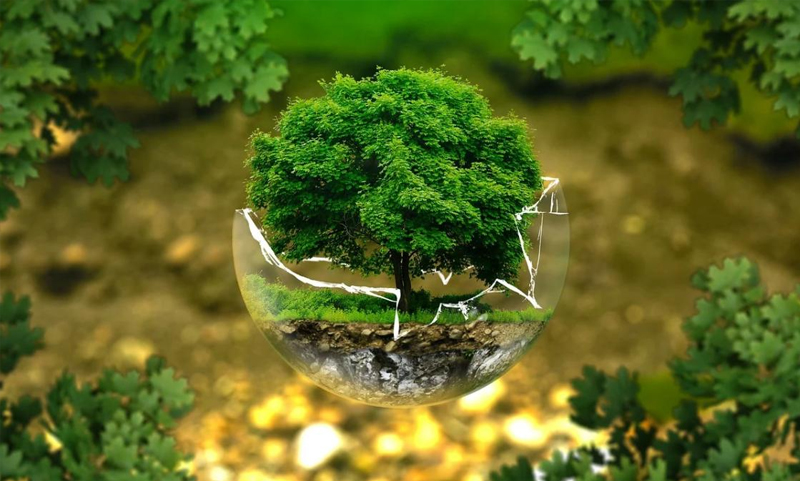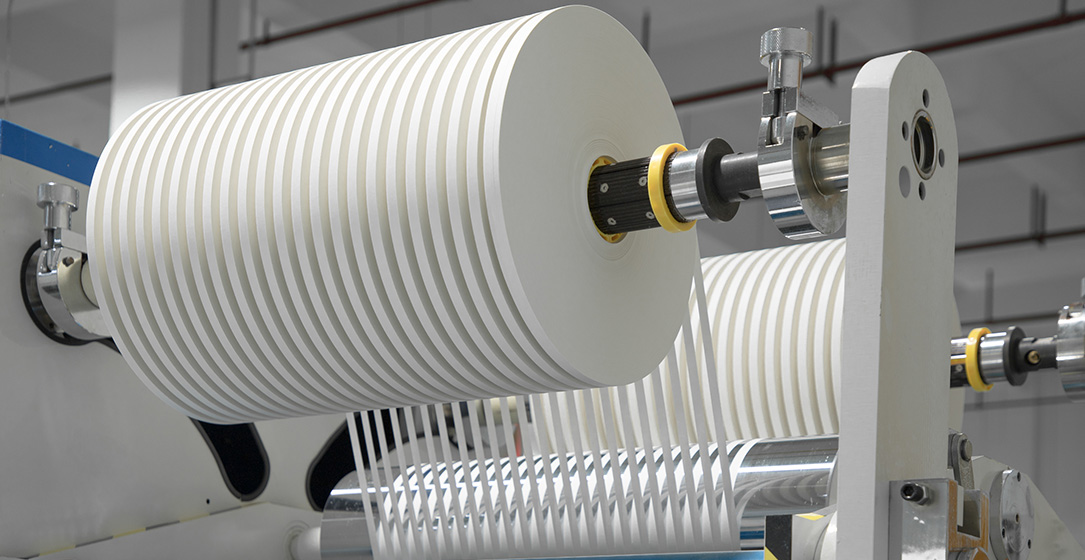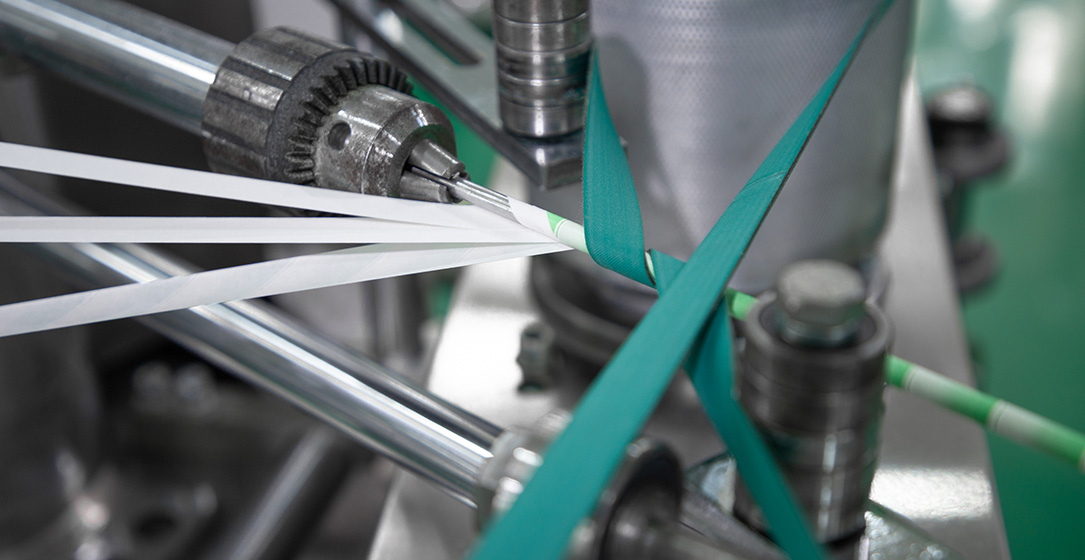
Introduction:
In recent years, there has been a growing awareness of the importance of Environmental protection in all industries, including manufacturing. This trend has extended to the production of paper decorations, where sustainability and eco-friendliness have become key considerations. In this blog, we will explore the environmental protection requirements for the production of paper decorations, examining the impact of manufacturing processes on the environment, the adoption of sustainable practices, and the role of product technology and equipment in reducing environmental footprint.
The Environmental Impact of Paper Decoration Manufacturing:
Paper decoration manufacturing, like any other industrial process, has inherent environmental impacts that must be addressed. From the sourcing of raw materials to the disposal of waste, each stage of the production process can contribute to pollution, resource depletion, and habitat destruction.
The primary environmental concern associated with paper decoration manufacturing is the use of paper as the main material. While paper is biodegradable and renewable, its production often involves the use of chemicals, energy, and water, leading to deforestation, air and water pollution, and greenhouse gas emissions.
Additionally, the manufacturing process itself can generate waste in the form of offcuts, scraps, and unused materials, which may end up in landfills or incinerators, further exacerbating environmental problems.
Adopting Sustainable Practices:
To address the environmental impact of paper decoration manufacturing, manufacturers must adopt Sustainable practices that minimize resource consumption, reduce waste generation, and mitigate pollution. This can be achieved through various initiatives, including:
- Sustainable sourcing of raw materials: Manufacturers can source paper from responsibly managed forests or recycled sources to minimize the impact on natural ecosystems and biodiversity.
- Energy efficiency: By investing in energy-efficient equipment and implementing energy-saving measures, manufacturers can reduce energy consumption and greenhouse gas emissions associated with production processes.
- Water conservation: Implementing water-saving technologies and practices can help reduce water usage and minimize pollution of water bodies from manufacturing activities.
- Waste reduction and recycling: Implementing waste reduction strategies, such as optimizing material usage and recycling paper scraps, can help minimize waste generation and promote a circular economy.
- Pollution prevention: Implementing pollution prevention measures, such as using eco-friendly inks and adhesives, can help minimize air and water pollution associated with manufacturing processes.
Role of Product Technology and Equipment:
Product technology and equipment play a crucial role in reducing the environmental footprint of paper decoration manufacturing. Advanced technologies, such as digital printing and die-cutting machines, offer opportunities to optimize material usage, minimize waste, and reduce energy consumption.
Digital printing technology, for example, enables manufacturers to produce decorations with high precision and efficiency, reducing the need for excessive ink usage and minimizing waste from misprints or defects. Additionally, digital design software allows for Efficient layout optimization, further minimizing material waste.
Similarly, die-cutting machines equipped with advanced cutting mechanisms can maximize material utilization and minimize offcuts, leading to significant reductions in waste generation. Additionally, automated assembly lines can streamline production processes, further reducing energy consumption and improving overall efficiency.
Environmental Protection Regulations and Compliance:
In addition to voluntary sustainability initiatives, manufacturers of paper decorations must also comply with environmental protection regulations and standards set forth by regulatory bodies. These regulations may include restrictions on emissions, waste disposal, and the use of hazardous substances.
Compliance with environmental protection regulations requires manufacturers to implement pollution control measures, monitor emissions and waste streams, and report environmental performance data to regulatory authorities. Failure to comply with these regulations can result in fines, penalties, and reputational damage.
Conclusion:
In conclusion, environmental protection requirements are becoming increasingly important in the production of paper decorations. Manufacturers must adopt sustainable practices, such as sustainable sourcing of raw materials, energy efficiency, waste reduction, and pollution prevention, to minimize the environmental impact of manufacturing processes.
Product technology and equipment play a crucial role in reducing the environmental footprint of paper decoration manufacturing by optimizing material usage, minimizing waste generation, and reducing energy consumption. Additionally, compliance with environmental protection regulations is essential to ensure that manufacturing activities are conducted in an environmentally responsible manner.
By embracing sustainability and environmental protection, manufacturers of paper decorations can not only minimize their environmental footprint but also enhance their reputation, meet customer expectations, and contribute to a more sustainable future for the planet.




















